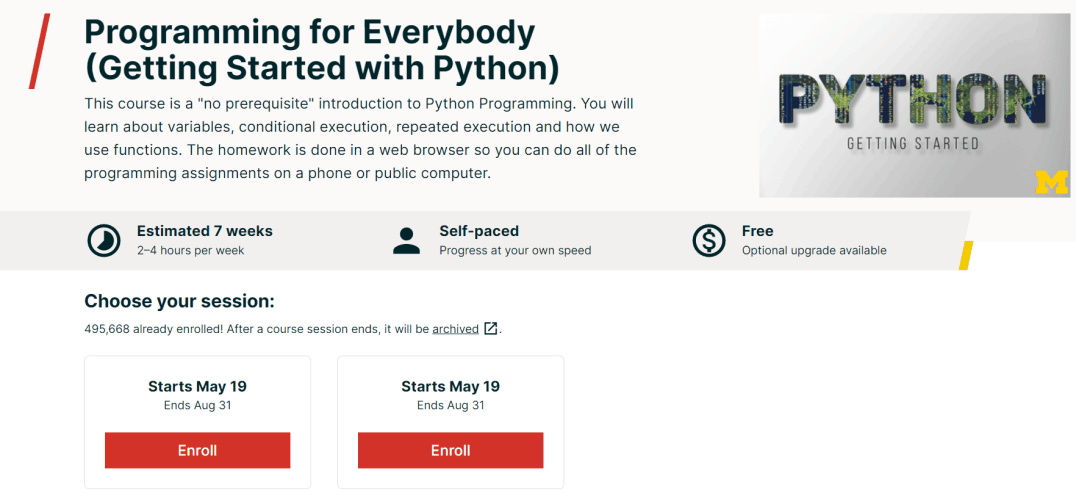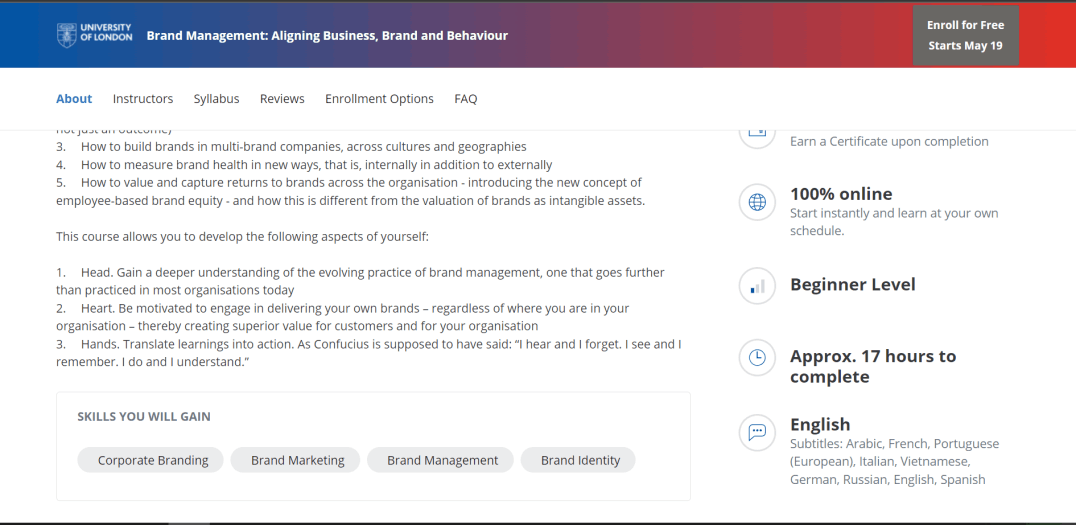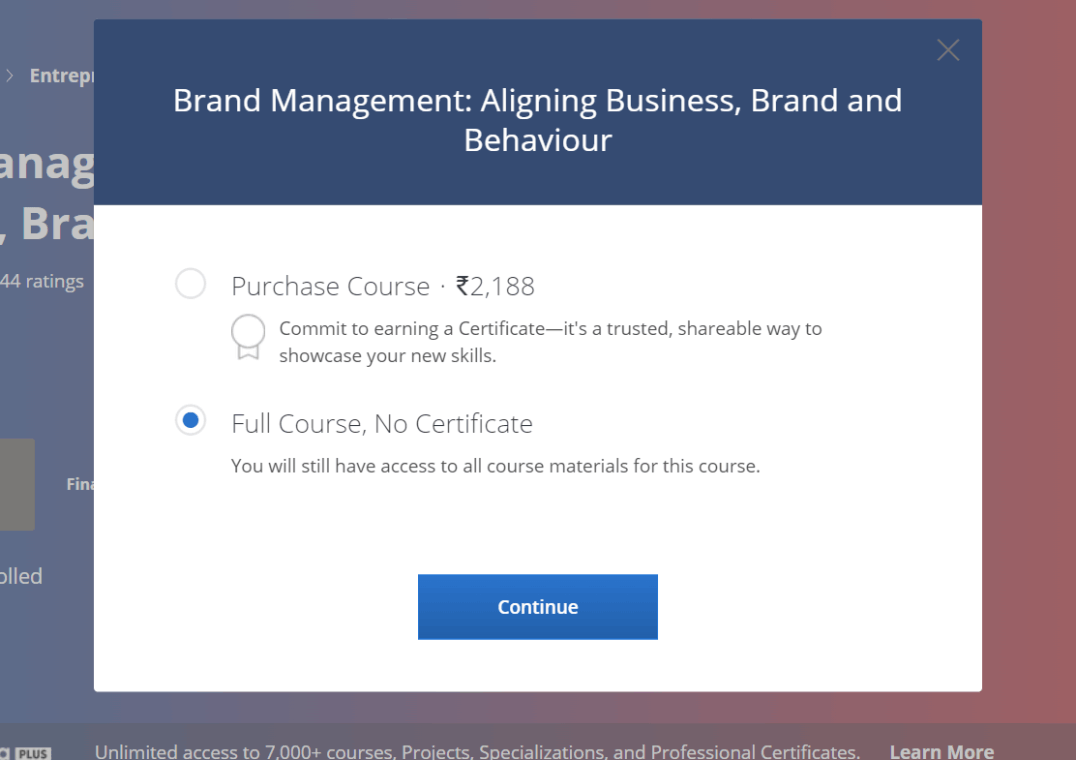How to start your MOOC journey

Today, hundreds of courses on diverse subjects from Engineering and Computer Science to Humanities and Social Sciences are offered by dozens of the world’s best universities and professors. The four major MOOC platforms – Coursera, edX, Udacity and Udemy – have attracted several million sign-ups till date. Many futurists and thought leaders predicted a massive disruption to the traditional, university / classroom-based education system. As predicted, some of the free MOOC courses generated impressive registration numbers, upwards of 200,000 in some cases.
On average, around 30,000 to 50,000 participants enrolled in the MOOC courses. Many of the participants were adults, working in full-time jobs. These participants were looking to pick up or update their technical or business to advance in their careers.
No matter whether you have just enrolled in your first course, or if you are still considering enrolling in one, the following 10 points will definitely help you start your MOOC journey with the best foot forward.
1. Browse through the platforms 🌐
If you are completely new to online learning, I’d suggest that you familiarize yourself with some of the leading MOOC platforms. These include: Coursera, edX, Udacity and Udemy.
If you are unsure about which course to take, then it’s better to start with something. I personally suggest students start with the “Learning How to Learn” course on Coursera. Not only will you learn about the best learning practices, but you will also be delighted by the rich and engaging teaching style of Ms. Barbara Oakley.
Go through the “Most Trending”, and “Most Famous” courses to learn about the trending courses.
Once you’ve decided on a course & platform, register your free account and enroll right away!
2. Start Small & Finish Well ✅
Students are always fascinated by the plethora of courses available at their disposal 24X7. And while having easy access has its merits, students often become paralyzed and confused with information overload.
It’s best to start with just one course. Really.
Start with one course and FINISH it.
Sure, every day thousands of students enroll in a course. But the number of students who actually finish a course is actually quite less.
Pick a course, see yourself through the entire way, and consider enrolling in your next course.

3. Have an end goal in mind 🏁
Learning for the sake of learning is noble. But, cultivating and practicing this philosophy is not suitable for new learners.
Have an end goal in mind, before you enroll in any course. In my previous blog “Here’s how I completed 70+ MOOCs”, I wrote about developing a macro and micro plan:
For example, your macro plan could be:
Complete a Web Development Specialization in 4 months.
The micro plan involves creating a day-to-day schedule on when/where/how you are gonna achieve that goal.
So, a sample micro plan could be like this:
Monday: 7:00 p.m. - 8:30 p.m. - Study Module 1 & 2 from the course
Thursday: 6:00 p.m. - 7:00 p.m. - Finish all the exercises for the week.
Sunday: 9:00 a.m. - 1:00 a.m. - Work on my front-end website project.
4. Decide how much time can you spend studying ⏰
Most platforms share the duration and time required to study a course. Before enrolling in any course, decide how much time you can devote to this endeavor. Be realistic and honest.
In my experience, most students easily finish a course before the estimated time. However, I would suggest that in order to make the most of your learning experience, try to revise and come back to the course materials again.
This might mean spending more time on the same course, but you get more out of the same material.
Remember - Quality > Quantity.

Most platforms share the duration and time required to study a course
5. Look at the course requirements 🗒️
Drawing on the previous point, at the time of enrolling, you can even look at the requirements of the course.
Now, this includes two things: Prior Academic Background & Technical requirements.
Prior Academic background means you need to have certain prerequisites before enrolling in the course. For example, an “Advanced Calculus” course might require that you should be familiar with basic calculus.
Don’t worry. Most courses are curated for an open audience. Meaning that you can enroll in it even without any prior background.
Technical requirements might vary from course to course. Most MOOCs might only require a computer device and a stable internet connection. But, some courses might require access to certain software, hardware, toolkits, etc.
Be sure to have a look at the requirements while browsing the course webpage.

Don’t worry. Most courses are curated for an open audience. Meaning that you can enroll in it even without any prior background.
6. Fee or Free 💰
Some platforms offer exclusively paid courses. Some, on the other hand, offer a mix of paid and free courses.
For example, at edX, students can either enroll in the course for free or opt for a paid upgrade. At Coursera, students can avail of paid courses, free courses, or opt to audit a course. In case of free or audit, students get complete access to the course’s learning materials.
Students often deliberate whether they should pay a fee, or avail of the course for free. My advice - if you are completely new to online learning, start by auditing or studying the courses for free. This is new for you. And the last thing we want is to spend money on a course and be unable to finish it.
Now, this is completely subjective - but once you are comfortable with the medium, we encourage students to pay for the certificate.
Studies show that students the average completion rate among learners who sign up for a verified certificate is about 10 times higher than students taking the class for free.
You also gain possible access to additional services by paying. For example, Coursera has started incorporating the ability for paying students to submit and receive feedback on graded work.

7. Study Smart 🧠
If you look at successful students, you’ll see that they all use the same methods, tricks, and innovative study ideas. Every student has their own strategy or set of instructions to follow, but academic achievement is also dependent on the ability to assimilate knowledge.
To improve your grades, you can either spend more time studying or learn to study smarter. Some of the practices I’ve mentioned in my previous blog “Here's how I completed 70+ MOOCs” include:
- Incorporate Project-Based Learning
- Manage Time & Take care of yourself
- Balance Intensity, Frequency & Duration
- Manage your Attention Span (Pomodoro to the rescue)
- Study in a group
8. Apply what you learn 🚀
“A little knowledge that acts is worth infinitely more than much knowledge that is idle.” - Kahlil Gibran
It’s very exciting to enroll in a course or specialization and learn about a new topic. But, if you don’t apply that knowledge in real life, you’re not going to really achieve what you set out to learn in the first place.
For example, you could learn about Data Science by enrolling in a course or reading a book, but you have to actually DO SOMETHING - like find real problems, analyze datasets, build-train-deploy machine learning models - to implement data science in real life. You can’t just wait and hope someone will come to you and ask you to help solve their business problems.
I find data Structures - a key topic in computer science - quite challenging. Sure, I enrolled in the course and watched all the lectures. But, it was only when I built the course assigned project - a route mapping application - for the Advanced Data Structures in Java course, that I actually felt I could now work with data structures.

Go, build your project!
9. Manage your time/take care of yourself 🧡
Most students start a study program with high expectations. They envision themselves being successful in their studies but they fail to put together a realistic plan or establish a routine, that will enable them to achieve success.
There are only so many hours in a day, days in a week, and weeks in a term. And if you don't pay attention, the end of the semester will arrive before you know it – catching you by surprise.
To achieve academic success, you must carefully manage your study time on a daily, weekly, and monthly basis.
Apart from study time, you should actively set some time to rest and relax. Your mind (and body) need time to process everything you’ve learned and get ready for another session.
10. Post Completion ⭐
You just finished your first MOOC! Phew!
And while you might feel that the next step is to just shut down your device and forget about the course altogether (we’ve all been guilty of that), it’s a good practice to jot the at least a few points about the things you’ve learned and accomplished.
Take a break and - if you feel ready - enroll for your next MOOC. You can also take this time to work on your own project - building something from the things that you learned from this course;
Either way, synthesizing information is a steady process. Don’t rush it.



